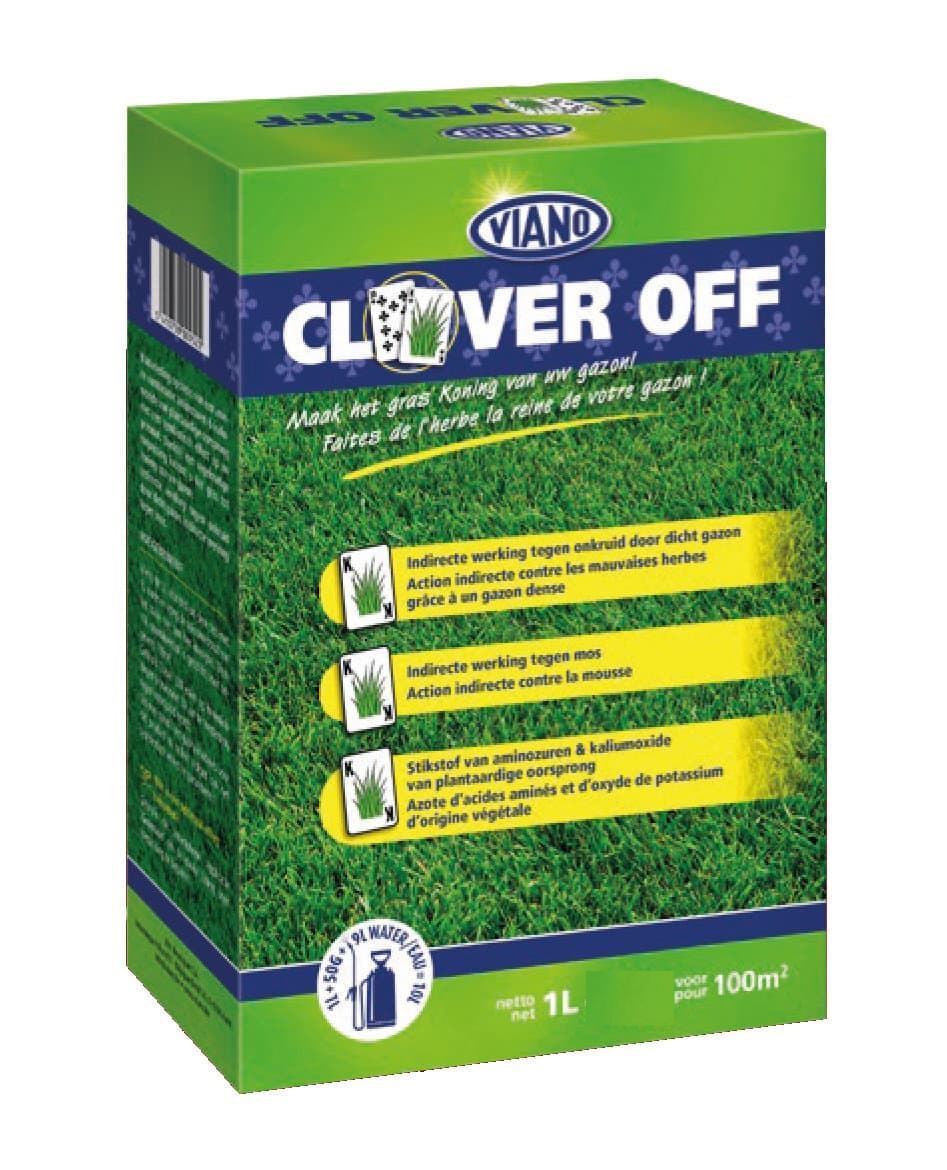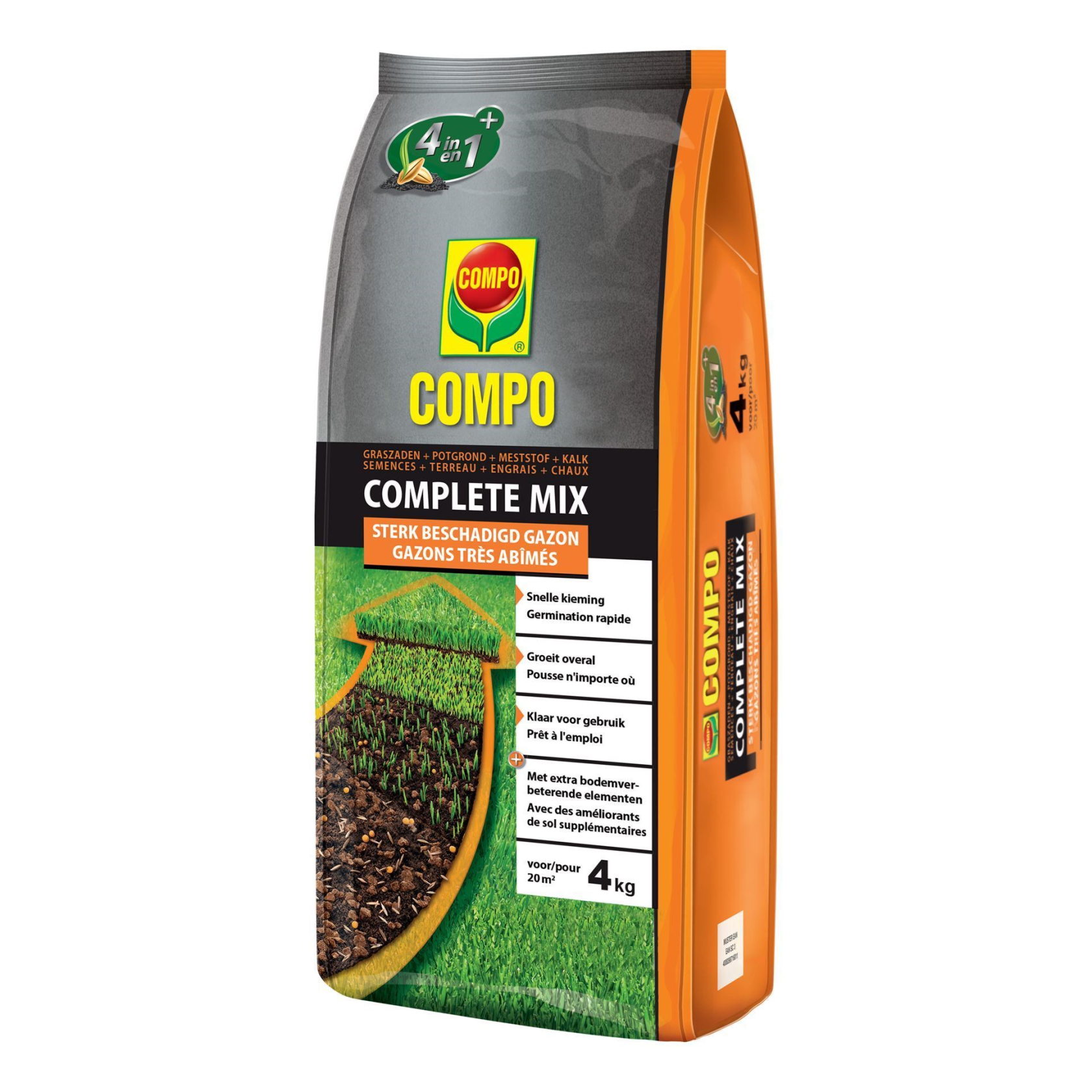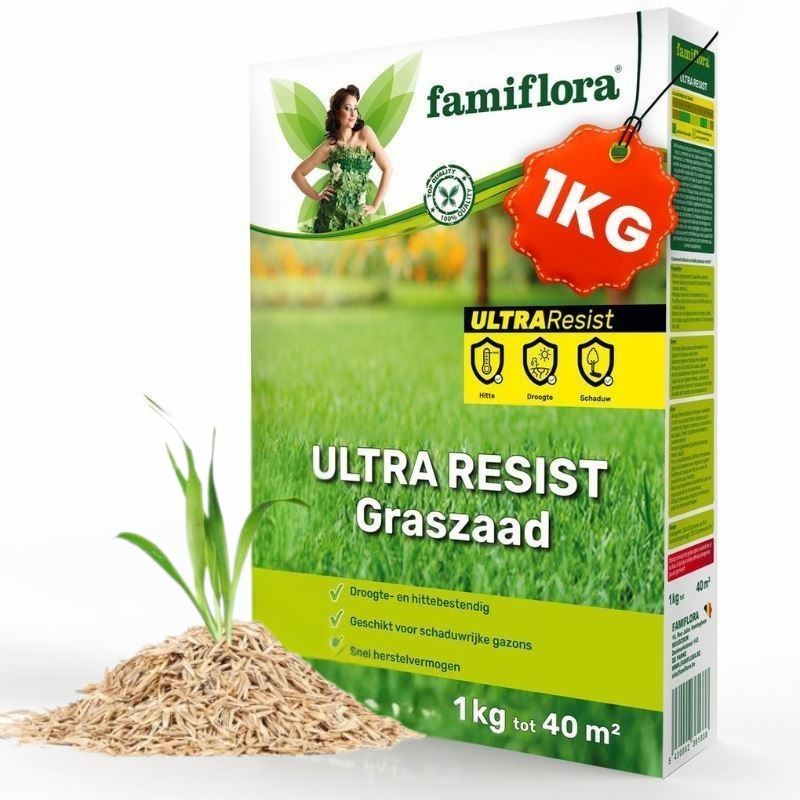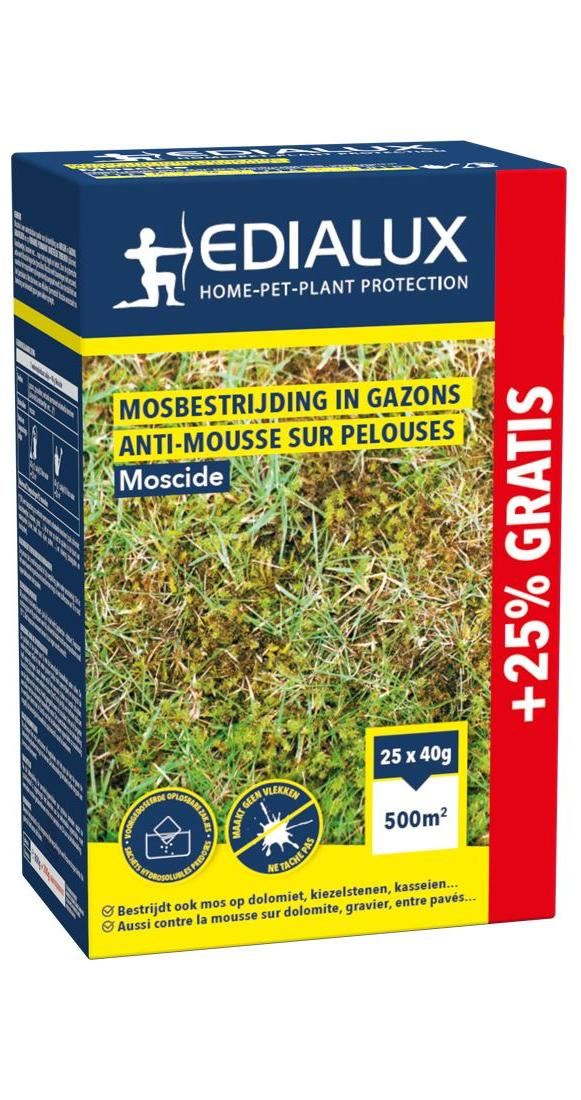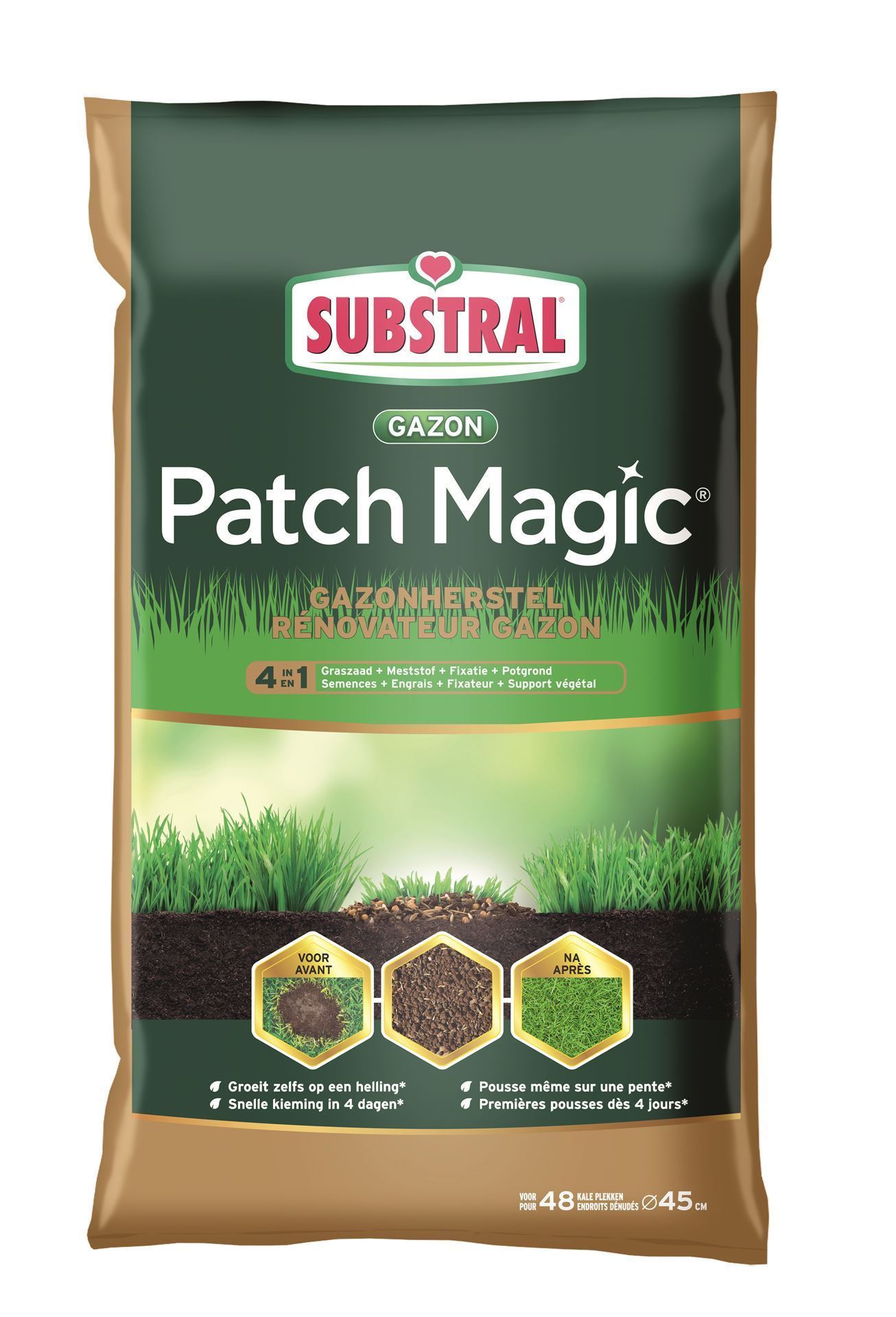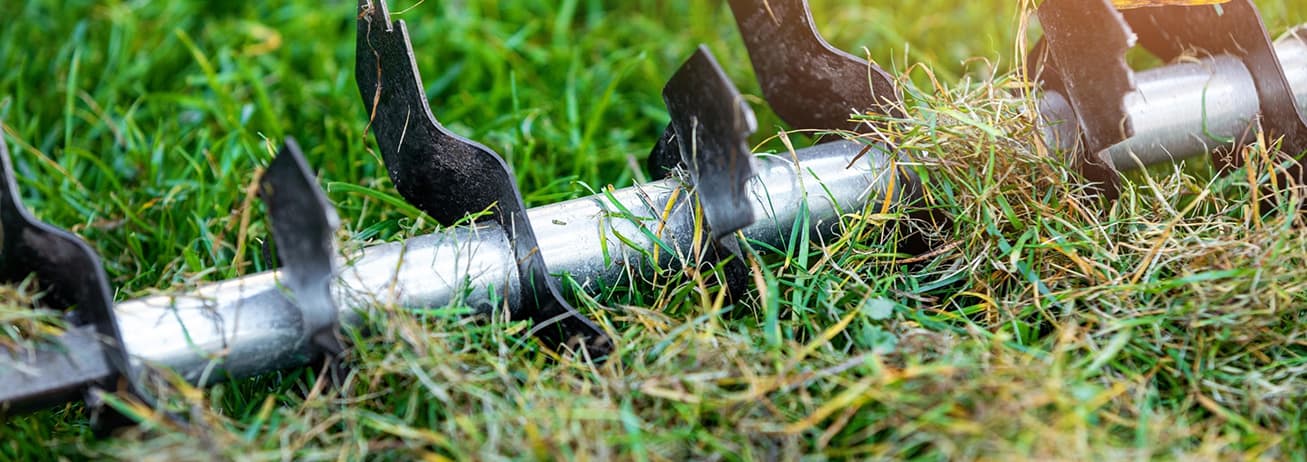
Scarify your lawn healthily
Your lawn needs water, oxygen and nutrients to show its best and greenest side. By scarifying once or twice a year, the upper layer of the lawn remains airy and you prevent the roots from being choked. This way nutrients and moisture can easily find their way to the soil.
Why scarify?
Over time, the top layer of your turf will form a layer of thatch. This consists of remnants of mowed grass, weeds, dead grass and the mosses that grow on it. This thatch layer prevents moisture and food from reaching the roots and therefore suffocates your lawn. It is therefore necessary to rid the grass of these plant remains every year. If you do not do this, your lawn will gradually turn a yellow colour and be more prone to disease.
How to scarify?
You can dethatch your lawn either
by machine or manually. Do you have a small garden? Then you can use a scarifying rake. Be careful, however, because this is a tough job! For a larger surface area, it is advisable to use an electric scarifier. We have some quality ones from Wolf-Garten in our range. A dethatching machine provides a nice and even result because the soil is cut equally deep everywhere. A lawn with a light thatch layer needs to be scarified only once. Has a thick layer of thatch formed on your lawn? Then it is advisable to scarify in the length and the width.
Before scarifying, it is very important to first
spray the moss down. Moss is a spore plant, so when you scarify you can spread the moss and make the situation worse. So treat your lawn with Bio-press a few days before scarifying. This is a plant-based product that works indirectly against moss and gives results 24 hours after application.
When & how deep to scarify?
The best periods for scarifying are April and early September/October. After that, the grass will experience a growth spurt. This will ensure that your grass carpet will grow nicely dense again. Because make no mistake: after scarifying, your lawn is not a pretty picture. Many bald spots will appear. Make sure that you do not dethatch your lawn too late in the autumn so that it has sufficient time to grow and recover fully.
How deep you need to scarify depends on the thickness of the thatch layer and the age of the lawn. The general guideline is
3 mm
. However, is your lawn in poor condition and has a thick layer of thatch developed? Then it is best to choose a depth of 5 mm.
Fertilise for quicker recovery
Do you want your lawn to be back in good condition quickly after scarifying? Then you can
fertilise directly after scarifying.
This will
speed up the recovery process and the lawn will grow back in a few weeks. Do not use fertilisers with a high nitrogen content but use a fertiliser that concentrates on good rooting. Viano Recovery, for instance, is ideal for this. In this article we explain when to apply which lawn fertiliser.
The
bare spots can be sown with a quick-germinating repair grass seed. It is best to do this at a soil temperature of at least 15°C. Or you can use a grass seed with SOS technology. With this innovation, you can sow as early as 6°C. Afterwards you can enjoy a strong and green lawn again!
View recommended products 👇
The grass is always greener at Hermie's and so is yours! 👇👇
More info? Receive all our gardening tips directly in your mailbox!
We'll only email you handy facts, green advice and our best promotions & discounts. You'll receive it about once a week and you can unsubscribe at any time. No spam, promise 🤞












